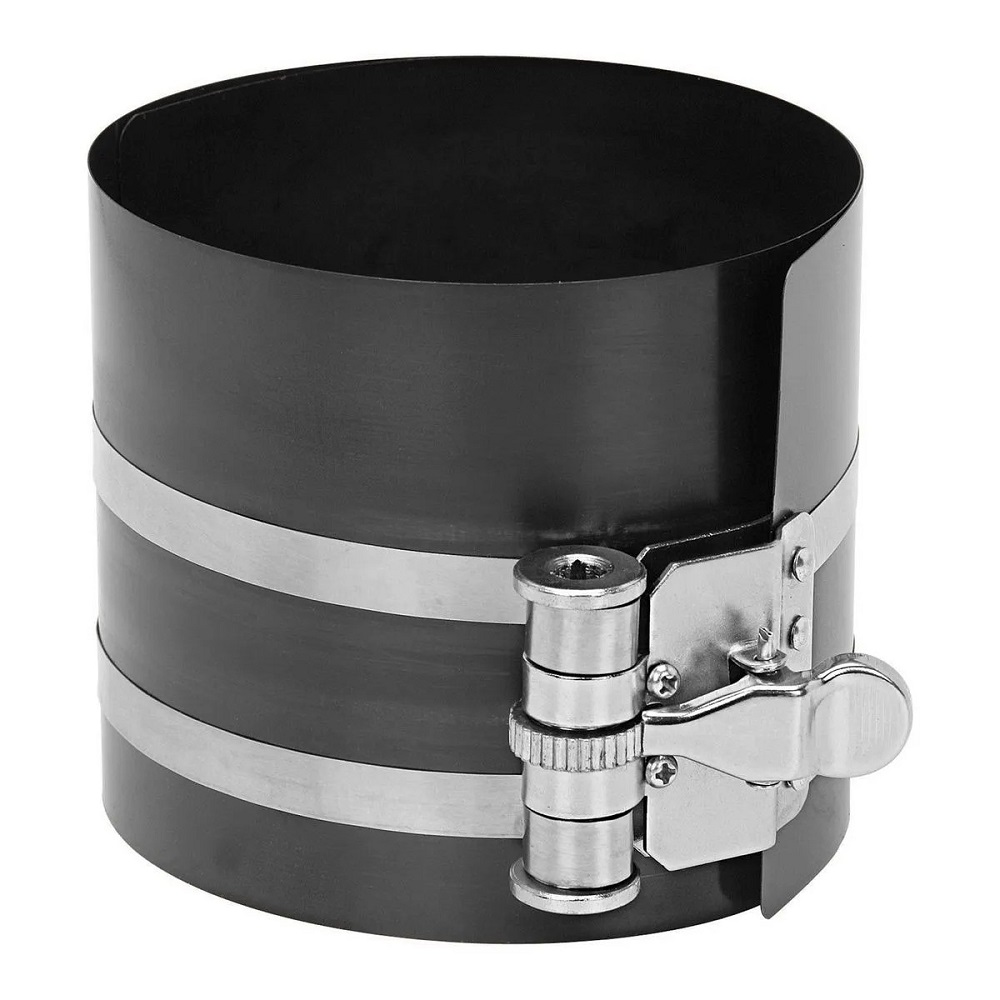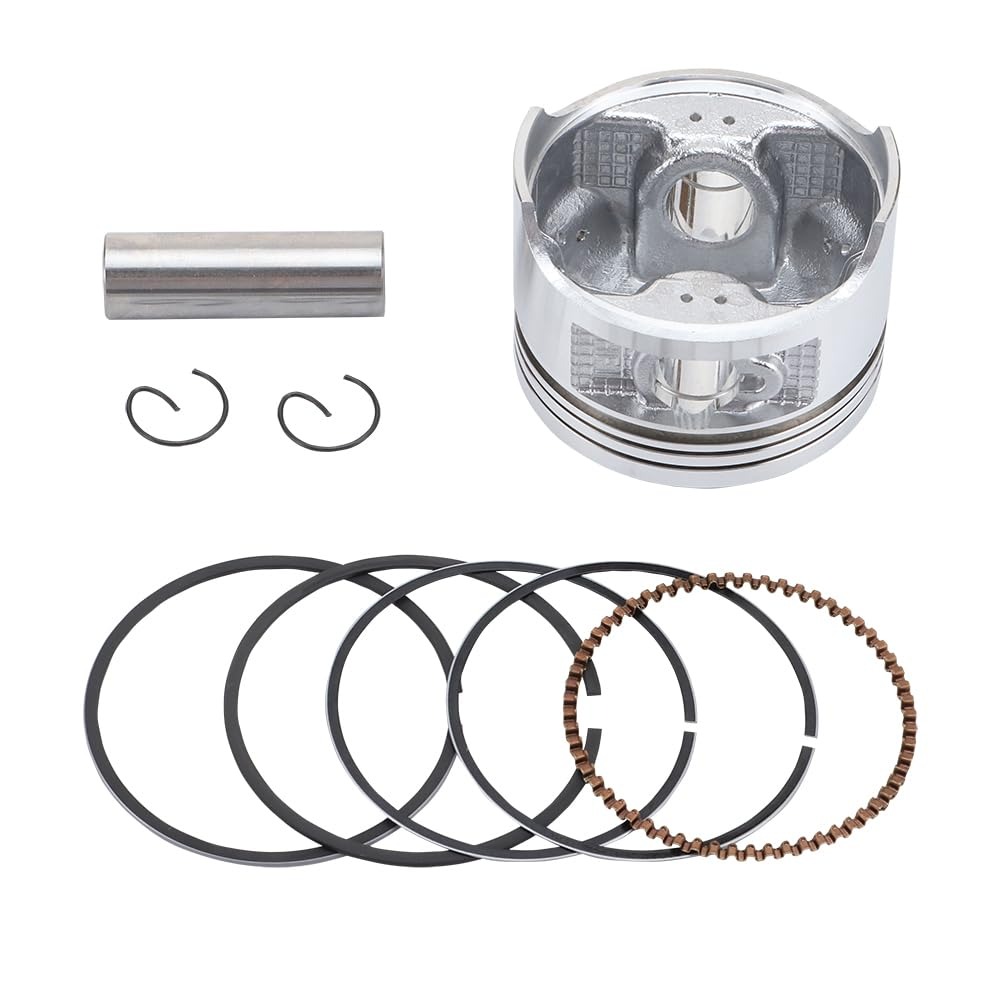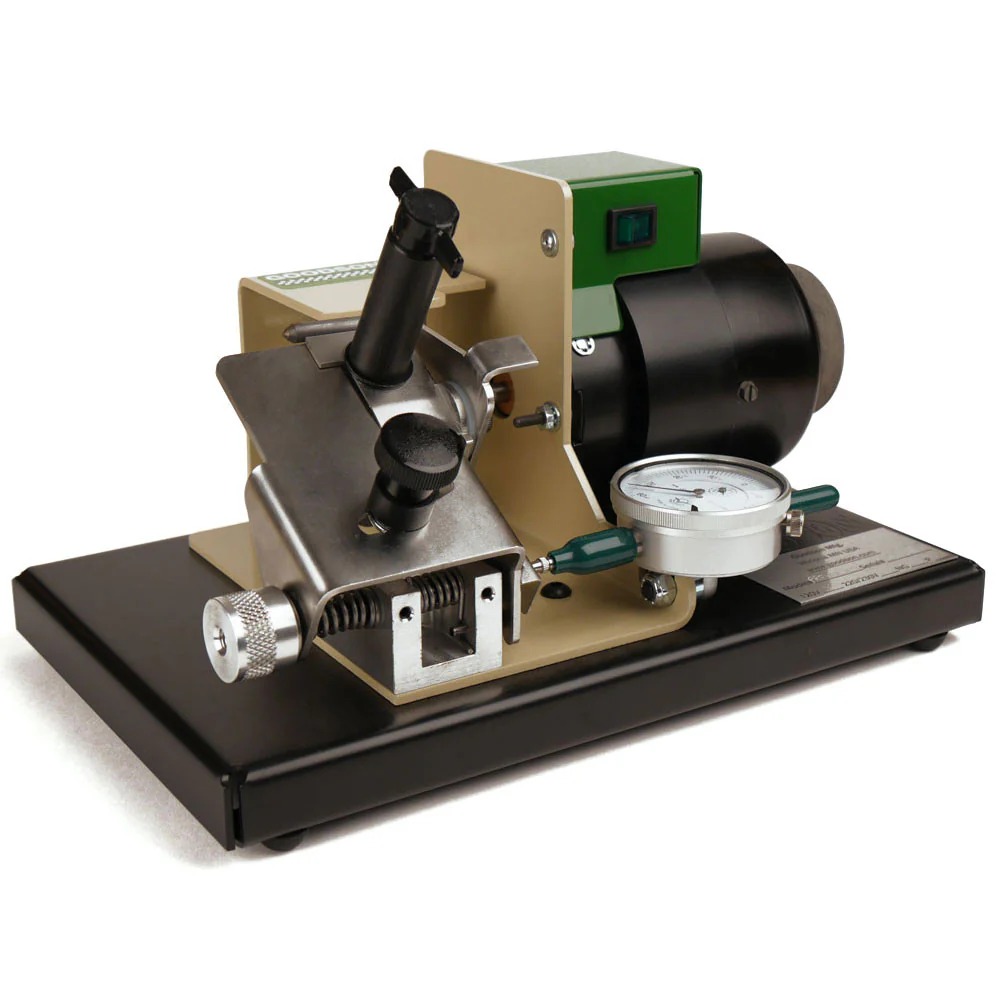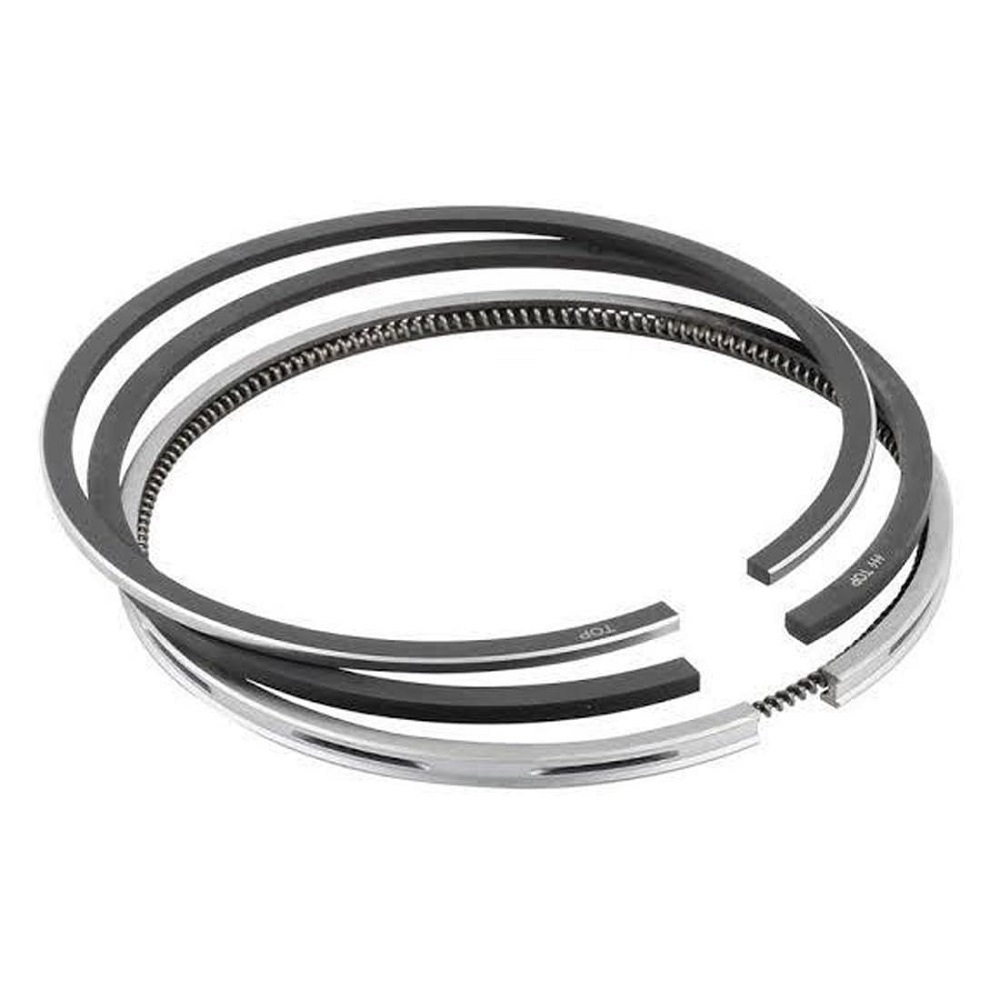Introduction: A Snapshot of Piston Engines
What is a Piston Engine?
A piston engine, also known as an internal combustion engine (ICE), employs a series of pistons that move within cylinders. This design facilitates the conversion of fuel into mechanical energy, which powers various vehicles and machinery. The fundamental operation involves igniting a fuel-air mixture, causing an explosion that pushes the pistons down, producing mechanical work. This system has been the backbone of the automotive industry for over a century, making it one of the most established forms of engine technology.
Historical Context
The invention of the piston engine marked a significant milestone in human transportation. The late 19th century saw the development of the first gasoline engines, which became the foundation for modern vehicles. Notable inventors like Nikolaus Otto contributed to the advancement of the four-stroke cycle, which is still in use today. Over the decades, advancements have transformed the piston engine’s design and efficiency, paving the way for countless innovations.

Importance of Continuous Innovation
Today, piston engines remain a vital part of the global economy. They are used not only in cars but also in motorcycles, trucks, boats, and aircraft. However, as environmental concerns grow, innovation in piston engine design is essential. Engineers are continuously striving to enhance fuel efficiency, reduce emissions, and improve performance. Understanding the advantages and innovations associated with piston engines is crucial for consumers, manufacturers, and policymakers alike.
Advantages of Piston Engines
High Power-to-Weight Ratio
One of the standout advantages of piston engines is their high power-to-weight ratio. This feature allows smaller engines to generate substantial power, making them efficient for various applications. For example, in automotive racing, lighter engines that provide significant thrust can enhance speed and maneuverability. This trait is particularly valuable in aircraft, where weight is a critical factor for performance. Engineers focus on lightweight materials like aluminum to maximize this benefit.
Versatility and Adaptability
Piston engines excel in versatility, capable of functioning on multiple fuel types, including gasoline, diesel, and alternative biofuels. This adaptability allows consumers to choose fuels based on availability, cost, and environmental impact. Moreover, many piston engines can run on renewable fuels, an essential factor given global trends toward sustainability. The ability to modify engines for different types of fuel also aids in meeting regional energy needs.
Proven Reliability
The reliability of piston engines is another significant advantage. Decades of research and development have created a robust design that withstands various operating conditions and stresses. Many piston engines are designed to function effectively at extreme temperatures and pressures, which is vital for vehicles operating in diverse climates. Furthermore, the established nature of piston engines means that repair and maintenance expertise is widely available, enhancing their appeal to consumers.

Innovations in Piston Design
Turbocharging
Turbocharging is among the most revolutionary innovations in piston engine design. A turbocharger boosts the engine’s power output by forcing more air into the combustion chamber. This increase allows for a denser fuel-air mixture, maximizing efficiency and performance. As a result, smaller engines can produce power comparable to larger ones, enhancing fuel efficiency while maintaining performance. Turbocharging is increasingly used in modern vehicles, offering a solution to the demand for both power and economy.
Direct Fuel Injection
Direct fuel injection (DFI) is another innovation transforming piston engine technology. Unlike traditional fuel injection systems, DFI injects fuel directly into the combustion chamber during the compression cycle. This method allows for better control over the fuel-air mixture, leading to increased efficiency and reduced emissions. By optimizing combustion, DFI technology contributes to higher power output while minimizing fuel consumption, a critical aspect in today’s environmentally conscious market.
Variable Valve Timing
Variable valve timing (VVT) is a technology that enhances engine performance across various RPM ranges. This system adjusts the timing of the opening and closing of the engine’s intake and exhaust valves, optimizing airflow and fuel efficiency. VVT allows for better engine responsiveness and power delivery at low and high speeds. The incorporation of this technology in modern piston engines has revolutionized how they perform, providing both power and efficiency during different driving conditions.

Environmental Considerations for Piston
Emission Reductions
With increasing awareness of environmental issues, reducing emissions has become a primary focus in piston engine design. New technologies, such as improved catalytic converters and exhaust gas recirculation systems, have made significant strides in minimizing harmful pollutants. These innovations help manufacturers meet stringent emission regulations while maintaining engine performance. The ongoing dedication to improving emissions control reflects a commitment to sustainability in the automotive industry.
Renewable Fuel Compatibility
Piston engines are increasingly compatible with renewable fuels, such as ethanol and biodiesel. This compatibility allows manufacturers to create engines that significantly lower carbon footprints without compromising performance. As interest in green technologies rises, many consumers are eager to invest in vehicles that run on renewable sources. The continuous development of pistons and engine components that effectively use renewable fuels underscores the technology’s adaptability to changing market demands.
Hybrid Technologies
Hybrid technology represents a notable advancement in the world of piston engines. By combining a piston engine with an electric motor, hybrid vehicles can achieve impressive fuel economy while emitting fewer pollutants. This dual approach allows vehicles to switch between power sources efficiently, depending on driving conditions. As battery technology advances, manufacturers are increasingly integrating hybrid systems into their designs. The resulting synergy between electric and piston engines offers consumers greater flexibility and performance.

Challenges Facing Piston
Competition from Electric Vehicles
Despite their advantages, piston engines face stiff competition from electric vehicles (EVs). Electric cars offer many benefits, including zero emissions and lower operating costs. As battery technology improves, the performance of EVs becomes increasingly comparable to that of traditional piston engines. Many consumers prioritize environmental concerns, leading to a growing demand for electric vehicles, which presents challenges for the piston engine market.
Fuel Prices and Availability
The fluctuation of fuel prices can significantly impact the viability of piston engines. In regions where gasoline or diesel prices soar, consumers may turn to alternative fuel options or electric vehicles. Such trends indicate a movement toward diversified energy sources, compelling manufacturers to adapt. The economic viability of piston engines depends on continued accessibility and stability in fuel supply.
Maintenance and Repairs
While piston engines are generally reliable, they still require routine maintenance and repairs to ensure optimal performance. Components such as spark plugs, filters, and belts must be regularly inspected and replaced. Older piston engines may also require more significant repairs, which can be costly. As consumers weigh the long-term maintenance costs, some may prefer the lower maintenance requirements associated with electric vehicles.

Future Trends in Piston Development
Focus on Performance Enhancements
The focus of future piston engine development will likely continue to emphasize performance enhancements. Research and development will aim to create engines that are not only powerful but also more fuel-efficient and environmentally friendly. Engineers will explore new materials, combustion processes, and cooling techniques to optimize engine performance further. The goal will be to meet the increasing demands of both consumers and regulatory bodies.
Integration of Smart Technologies
The integration of smart technologies into piston engines will play an important role in their future development. By linking engines to advanced computing and communication systems, manufacturers can create vehicles that optimize fuel efficiency and performance in real-time. Features such as predictive maintenance and real-time diagnostics could help reduce vehicle downtime and improve reliability. As vehicles become increasingly connected, the potential for data-driven innovations expands.
Research into Alternative Configurations
Engine designers are exploring alternative configurations and designs that could enhance the performance of piston engines. Concepts like the opposed-piston engine and variable compression ratio engines are paving the way for potential breakthroughs. These designs challenge traditional piston engine conventions and may unlock new ways to optimize fuel efficiency, reduce emissions, and increase power output. Ongoing research in this area holds promise for the future of piston engines.
Conclusion: The Enduring Significance of Piston Engines
A Legacy of Innovation
Piston engines have long been a cornerstone of modern transportation. Their development has seen remarkable advancements that continue to shape the automotive landscape. While facing competition from electric vehicles, piston engines remain relevant due to their versatility, reliability, and ongoing innovations.
Embracing Environmental Responsibility
The continued evolution of piston engines highlights the industry’s commitment to environmental responsibility. Innovations aimed at reducing emissions and improving fuel efficiency align with global efforts to combat climate change. The industry’s focus on renewable fuels and hybrid technologies reflects a significant shift toward sustainable mobility.
The Road Ahead
Looking to the future, advancements in piston engine technology will be vital in meeting the challenges of tomorrow’s transportation needs. Ongoing innovation will ensure that piston engines remain a competitive option in an ever-evolving landscape. Through the integration of new technologies and sustainable practices, the legacy of piston engines will persist in shaping the future of mobility. The journey for piston engines is far from over, and their evolution will continue to excite both manufacturers and consumers in the years to come.
